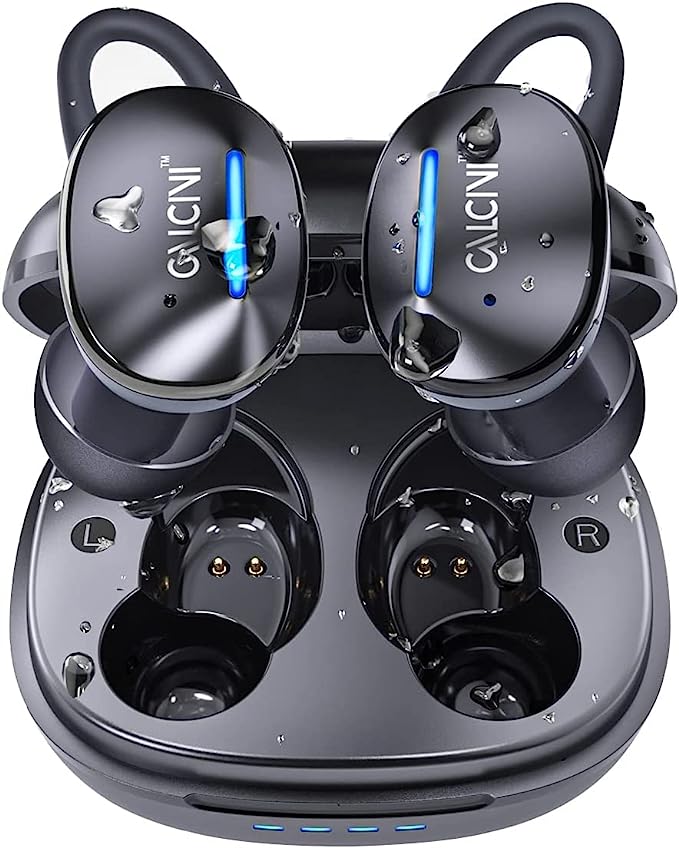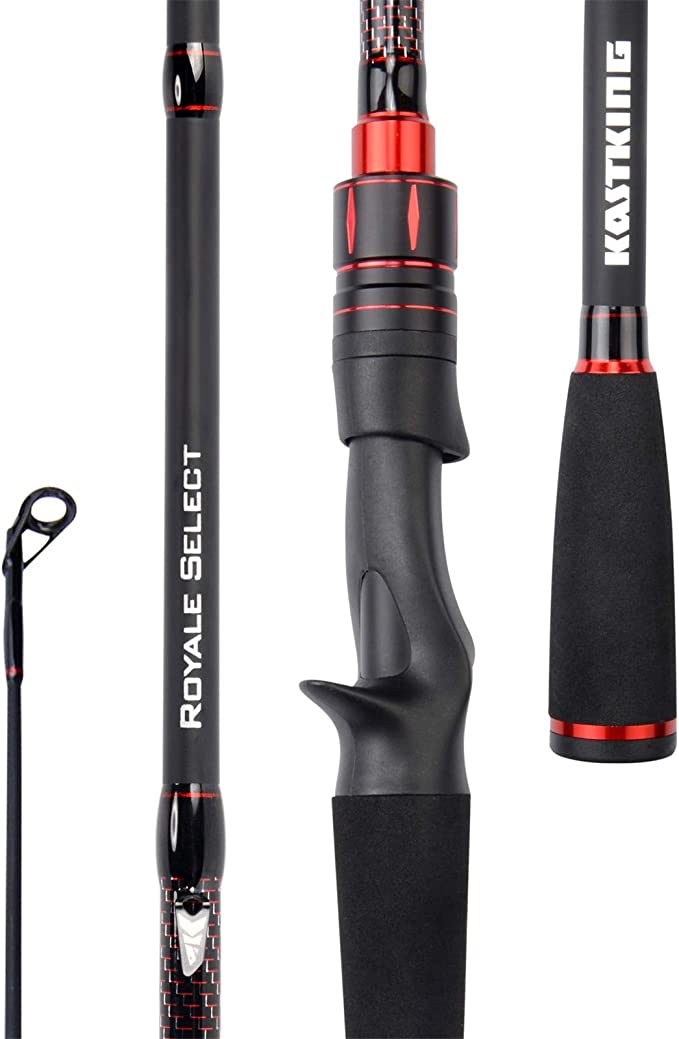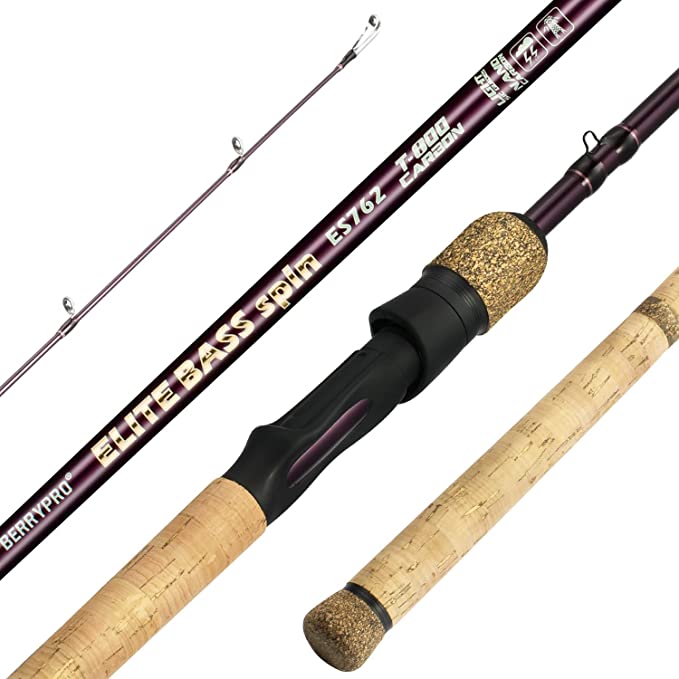KNUO B-Air Tent: Revolutionizing Camping with Instant Setup and Spacious Comfort
Update on June 13, 2025, 4:27 p.m.
There’s a ghost that haunts the memories of many camping families. It looks like a pile of tangled aluminum poles, a heap of damp nylon, and the fast-fading light of a Saturday evening. The Miller family knew this ghost well. Their last trip had ended in a silent, tense race against a looming raincloud, a puzzle of color-coded clips and indecipherable instructions that stole the joy from the journey before it had even begun. It’s a frustration born from a simple truth: for decades, the basic architecture of the family tent had remained stubbornly, infuriatingly, the same.
This weekend was going to be different. In place of the long, rattling bag of poles was a single, dense, square duffel. At 66 pounds, it was a substantial package, and as Mr. Miller lifted it from the trunk of the car, he gave a respectful grunt. This was no lightweight toy; it was a declaration of intent. He unrolled the KNUO B-AirTent onto the ground, attached the nozzle of the included pump, and began to press down. And then, the magic—or rather, the engineering—began.

Building with Breath: The Architecture of Air
With each rhythmic stroke of the pump, a skeleton began to grow where there was none. The tent wasn’t being assembled; it was inhaling. To the kids, it was a marvel. To an engineer, it’s the elegant application of one of physics’ most fundamental principles: pressure.
How do you build a house out of air? You don’t. You build it with pressurized air. The inflatable beams of this tent are not simply hollow tubes; they are high-tech tensile structures. Think of a fire hose. When empty, it’s a flat, flexible ribbon. But when charged with water, it becomes an incredibly rigid, powerful conduit capable of resisting immense force. The air beams work in the same way. A durable, airtight inner bladder is protected by a tough outer sleeve. When you pump air into this system, you’re not just filling a space; you’re creating tension. The air molecules, compressed and chaotic, push outwards against the fabric skin in all directions. This uniform, outward force pulls the fabric taut, creating a load-bearing frame that is immensely strong and resilient, yet capable of flexing safely in the wind where a rigid pole might snap. In under five minutes, what was once a flat sheet of fabric becomes a sturdy, 100-square-foot sanctuary. The ghost of the pole-tent was banished by a quiet hiss of air.

A Sanctuary of Fabric: The Science of the Shell
Stepping inside, the sense of security is palpable. It comes from more than just the rigid frame; it’s woven into the very material that surrounds you. Your hand brushes against the wall, and the fabric feels substantial, tough. This is 1680D Oxford fabric. In the world of textiles, that “D” stands for Denier, a unit measuring the thickness of a single fiber. To put it in perspective, a single strand of silk is about 1 Denier. The fibers used in this fabric are 1,680 times thicker. This isn’t the flimsy material of a discount-store dome; it’s a high-density weave closer to ballistic nylon, designed to resist punctures, tears, and the abrasive wear-and-tear of the wild.
Underfoot, the story is one of absolute defense. The floor is a heavy-duty PVC (Polyvinyl Chloride) coated material. As a polymer, PVC’s long, tangled chains of molecules create a non-porous, waterproof barrier. It’s less a fabric and more a flexible shield, engineered to stop ground moisture, morning dew, and even puddles from ever reaching your sleeping bags. It’s no wonder one user described it as “the most robust tent floor I have seen.” It’s the kind of foundation that lets you truly relax, knowing the damp earth has been kept firmly at bay.

When the Sky Opens: The Honest Truth About Staying Dry
That evening, the clouds delivered on their promise. The pitter-patter of rain on the roof began, a sound that can either be a soothing lullaby or a prelude to disaster. This is where a product’s specifications meet the messy reality of nature. The tent carries a 3000mm waterproof rating. Scientifically, this means the fabric can withstand the pressure of a 3,000-millimeter (or nearly 10-foot) column of water before a single drop penetrates. It’s a high rating, indicative of a fabric well-suited for serious rain.
So why might a user occasionally report a leak in such a tent? Because a tent is a system, and any system is only as strong as its weakest link. While the fabric itself is a fortress, the seams—where the fabric is stitched together—are thousands of tiny puncture holes. Quality tents have sealed seams, but under driving rain, these can be tested. More often than not, however, the culprit is an imposter: condensation.
When the warm, moist air from human breath and bodies hits the cool inner surface of the tent, the water vapor turns back into liquid. It’s the same physics that fogs up a car window. Without proper airflow, this condensation can build up, drip, and be easily mistaken for a leak. This is why the KNUO’s ventilation design—with eight large windows and two doors—is not a luxury, but a scientific necessity. By creating openings on multiple sides, you allow for cross-ventilation, a constant, gentle exchange of air that carries the warm, moist vapor outside before it has a chance to condense. A breathable shelter is a dry shelter.

The Quiet Victory of Good Design
The rain passed. Morning broke, crisp and clean. The Millers sat comfortably inside, dry and warm, the large interior space feeling less like a tent and more like a portable cabin. Mr. Miller, sipping his coffee, glanced at the small, covered port near the ceiling—a stove jack. He was already thinking about a winter ice-fishing trip, a possibility that this tent’s thoughtful, four-season design had just unlocked.
Later, as they packed up, the process was the reverse of their arrival: a simple opening of valves. The architectural marvel of pressurized air sighed back into the atmosphere, and the structure relaxed into a manageable bundle. There was no struggle, no frustration. The most profound compliment you can pay to a piece of outdoor gear is that it allows you to forget it’s even there. It recedes into the background, doing its job so perfectly that it allows you to be fully present in the moment.
This is the quiet victory of good engineering. It doesn’t just provide shelter; it gives back time, erases frustration, and lowers the barrier to entry for a deeper connection with the natural world. It understands that a family goes camping not to wrestle with poles, but to be together, under the stars or the rain, comfortably and safely housed in a sanctuary built, almost magically, from nothing more than fabric and air.







































